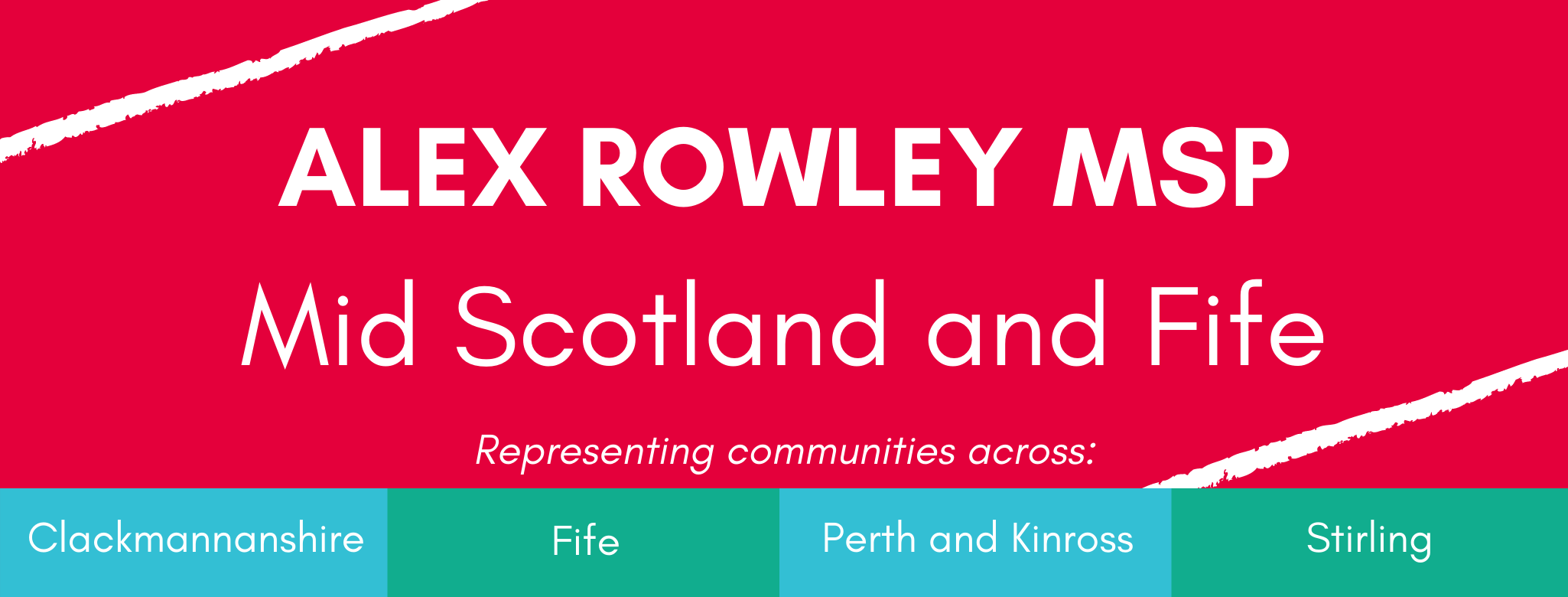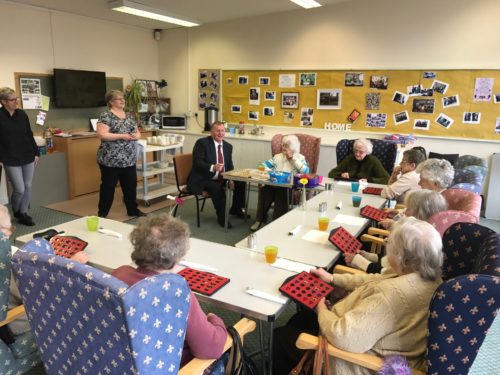All you wanted to know about Local Government Finance but were afraid to ask: Part One – Where the money comes from and where it goes
This is the first part of a number of briefings that have been published by the Local Government Information Unit and the Author is George Black, LGiU Scotland associate. I am putting these on my web site as they are very informative for anyone with an interest in local government.
Introduction
Councils are complex organisations responsible for a wide range of local services. They employ around 240,000 staff and spend around £20 billion each year. As such, local government finance can be difficult to navigate if you don’t have an accounting background. In this, the first of two articles, I attempt to answer the basic questions about where the money comes from and where it goes. The intended audience is new Councillors and non-finance managers.
Briefing in full
How are local services paid for?
Funding for Council revenue expenditure (that is expenditure on the day-to-day running of services) comes from four main sources – central government grant, non-domestic rates income, council tax income, and income from fees and charges. The funding of Council housing expenditure is ring fenced and is, in the main, funded from Council house rents and income from housing benefit.
The largest element of local government revenue funding is central government grant, which accounts for about 52 per cent of the total. Both non-domestic rates income and income from fees and charges account for about 17 per cent each, and Council Tax income accounts for about 14 per cent.
Of course, these percentages vary between individual Councils according to local circumstance. If a Council has a large business base then its income from non-domestic rates, often called business rates, will be larger as a proportion of total funding. Similarly, a Council with a larger proportion of higher value homes will raise a greater proportion of income from council tax. And urban Councils can be expected to raise a greater proportion from fees and charges, for example income from car parking charges or entrance fees to leisure facilities.
The actual source of central government grant is revenues raised through national taxation such as Income Tax, VAT, and Corporation Tax, a proportion of which is used to fund Council expenditure. In Scotland, Councils receive their revenue grant funding from Scottish Government, which in turn receives its funding from UK Government. In April 2017, Scotland’s budget moved to a new fiscal framework based on a block grant determined by the Barnett formula (60%), together with actual devolved tax revenues (40%). By April 2019, around half of devolved public expenditure in Scotland will be funded by tax revenues raised in Scotland.
The method of distributing revenue grant to individual Councils is complicated, to say the least. However, in essence, an assessment is made of the need for total expenditure on each Council service, and that notional expenditure is then distributed amongst Councils using what is called the “client group” method. To take just one example, in Education a typical client group is pupil numbers. So, in the case of Primary Education, an assessment is made of the need for expenditure for the whole of the country, and it is then distributed to individual Councils using primary school pupil numbers. The more pupil numbers a Council has, relative to other Councils, the greater level of grant it will receive.
Similar calculations are carried out for the different elements of Council services to calculate the total need for expenditure by each Council. Account is then taken of income raised locally by each Council through non-domestic rates and council tax to arrive at the level of revenue grant each Council will receive.
In the case of non-domestic rates, all rateable properties are subject to periodic valuation by an Assessor who is independent of the Scottish Government. The latest valuations took effect from April 2017. Although non-domestic rates are collected and retained locally, the business rates poundage is set by the Scottish Government. The rates poundage for 2017/18 is 46.6 pence and there is a large business supplement of 2.6 pence and a small business relief scheme and it raises around £2.5 billion to fund local services.
However, although there has been a great deal of publicity recently about revaluation of business rates, the most high profile source of Council funding is council tax. Indeed, although council tax only funds around 14% of Council expenditure there is a view by some members of the public that it funds all Council expenditure.
Council Tax was first introduced in 1993 to replace the Community Charge, commonly called the Poll Tax. It consists of two elements – a property element (50%) and a personal element (50%) and centres around eight property bands based on property values. Council Tax is set at the Band D level and the other Bands are calculated as a percentage of Band D. Unlike non-domestic rates, the property values have never been revalued and remain at 1991 levels, albeit from April 2017, residents in Bands E – H pay a higher percentage of Band D than was previously the case. Council Tax raises just over £2 billion to fund local services.
What services does this money pay for?
Revenue expenditure relates to the day-to-day provision of services and includes items such as staff salaries, provision of care services, and routine maintenance of buildings and roads etc. The largest area of service expenditure in a Council is Education, which accounts for around 33 per cent of a Council’s total revenue expenditure. This is followed by Social Work which accounts for 27 per cent. The remainder is made up of expenditure on Housing Support (16%), Environmental Services (6%), Culture and Related Services (5%), Roads and Transport (5%), Central Services (5%), and Planning and Economic Development (3%).
Similar to Council funding, these percentages vary between individual Councils according to local factors such as levels of deprivation, population density/sparsity, demographics, and different local policy choices.
The largest single type of expenditure in local government is employee costs which will typically account for around 60 per cent of service expenditure, excluding loan charges etc.
What is capital expenditure and how is it paid for?
Capital expenditure relates to the construction and improvement of fixed assets such as schools, care homes, leisure centres and major items of plant and machinery. Councils spend around £2.4 billion on capital projects each year and hold physical assets worth around £40 billion.
Capital expenditure can be funded from four main sources – from Council borrowing, from revenue funding and reserves, from capital grant, and from the sale of assets such as land or buildings etc. Where capital expenditure is funded from Council borrowing then the cost of that borrowing (principal and interest) is charged as revenue expenditure over the life of the asset, say for example twenty five years.
Around 75 per cent of capital expenditure is funded from borrowing, with the vast majority being borrowed from the Public Works Loan Board (PWLB) which is a statutory body operating within the UK Debt Management Office, an Executive Agency of HM Treasury
What next?
In the next article I will look at the three most important exercises for a Director of Finance or Treasurer – setting the annual budget, monitoring the budget during the year, and the annual closure of accounts.






